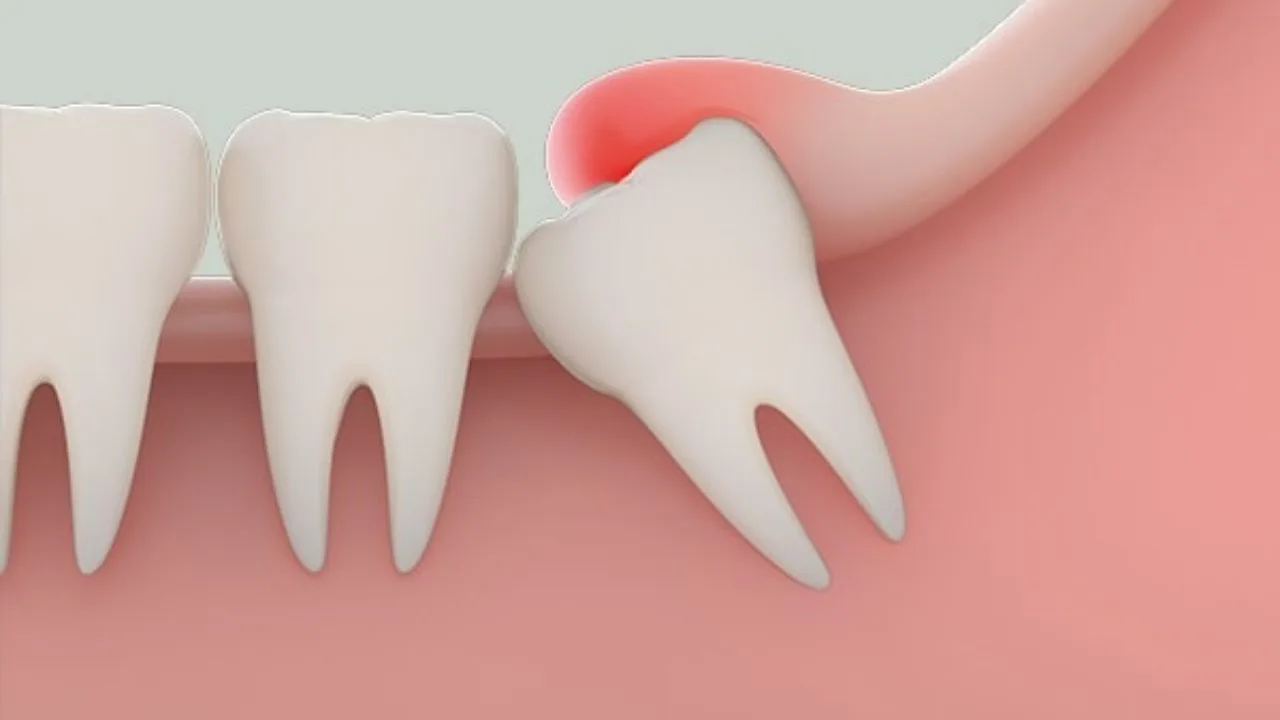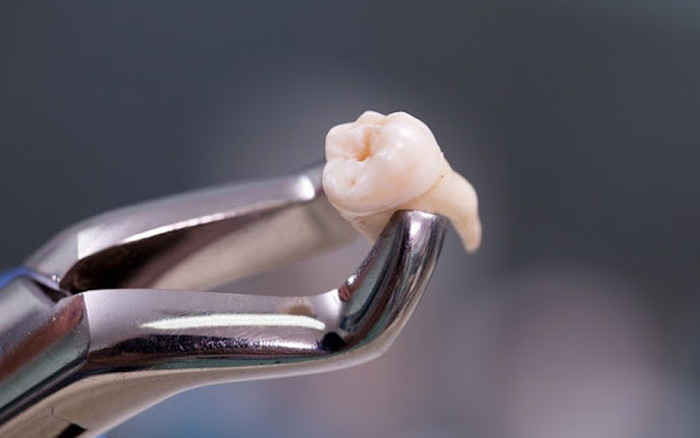



Booking
What is Tooth Extraction?
Tooth extraction is a dental procedure where a dentist fully removes a tooth from its socket. It is usually a last resort when the tooth is severely damaged, cannot be restored, or affects neighboring teeth.
Why is Tooth Extraction Necessary?
- Severe Tooth Decay: When decay is extensive, bacteria penetrate the pulp, causing severe infection that cannot be treated conservatively.
- Broken or Chipped Tooth: If a tooth is too broken or chipped to be restored by other methods.
- Loose Tooth: A tooth that is loose due to advanced periodontal disease, trauma, or other reasons.
- Misaligned Wisdom Tooth: A misaligned wisdom tooth can cause pain, gum inflammation, and affect other teeth.
- Tooth Obstructing Other Treatments: For instance, extraction may be necessary to prepare for braces or dental implants.

Cases Indicated for Tooth Extraction
Dentists only recommend tooth extraction in cases where the tooth cannot be saved or when it affects the outcomes of other dental treatments. These specific cases include:

In cases of severe periodontal disease, the tissues and bone around the tooth deteriorate, causing the tooth to become loose and irreparable. At this point, extraction is a necessary and cost-effective solution.
When a tooth is severely decayed, with most of the tooth structure broken down near the gum line and beyond saving through fillings or root canal treatment, extraction becomes necessary.
In some cases, patients need tooth extraction to create space, allowing teeth to align properly on the dental arch.
Common cases of misaligned teeth often occur with wisdom teeth and upper canine teeth. When wisdom teeth grow misaligned, they can lead to various complications that negatively affect adjacent teeth and overall oral health, making it essential to extract them as soon as possible.
When a tooth is fractured horizontally due to an accident or strong impact, making it impossible to restore the tooth structure, extraction may be necessary. Additionally, economic factors can also motivate patients to choose extraction to end the issues of decay and tooth pain rather than pursuing expensive treatments.
Tooth Extraction Process
- Examination and Treatment Consultation: X-rays and blood tests.
- Oral Hygiene: Clean teeth if necessary.
- Anesthesia: The dentist will administer local anesthesia to ensure you do not feel pain during the extraction. If necessary, the dentist will separate the gum tissue for easier access to the tooth root.
- Tooth Extraction: The dentist will use specialized tools to remove the tooth from its socket.
- Clean the Tooth Socket and Control Bleeding: After extraction, the dentist will clean the socket and place gauze to control bleeding.
Post-Extraction Care
- Bite Down on Gauze: Bite down firmly on the gauze for about 30 minutes to 1 hour to stop the bleeding.
- Avoid Vigorous Rinsing: Do not rinse your mouth vigorously during the first 24 hours.
- Take Pain Relievers: If prescribed, take pain relievers as directed by your dentist.
- Eat Soft Foods: Stick to soft and liquid foods for the first few days.
- Avoid Smoking: Do not smoke for at least 24 hours after the extraction.
- Avoid Strenuous Activity: Refrain from intense physical activities for the first few days.
For detailed consultation, don’t hesitate to message or call the Hotline at WEE Dental Clinic. With a team of specialized doctors and modern medical equipment, WEE Dental Clinic will provide you with the best experience!
WEE Dental - Caring with dedication - Elevating value.
- Address: 127 Luong Dinh Cua, Quarter 3, An Khanh Ward, District 2, Thu Duc City, Ho Chi Minh City.
- Hotline: 0362 790 924
- Website: weedental.vn
- Fanpage: https://www.facebook.com/weedental.fanpage/
With strong professional expertise, Wee Dental is confident to accompany you on the journey to effective and safe oral health care.




